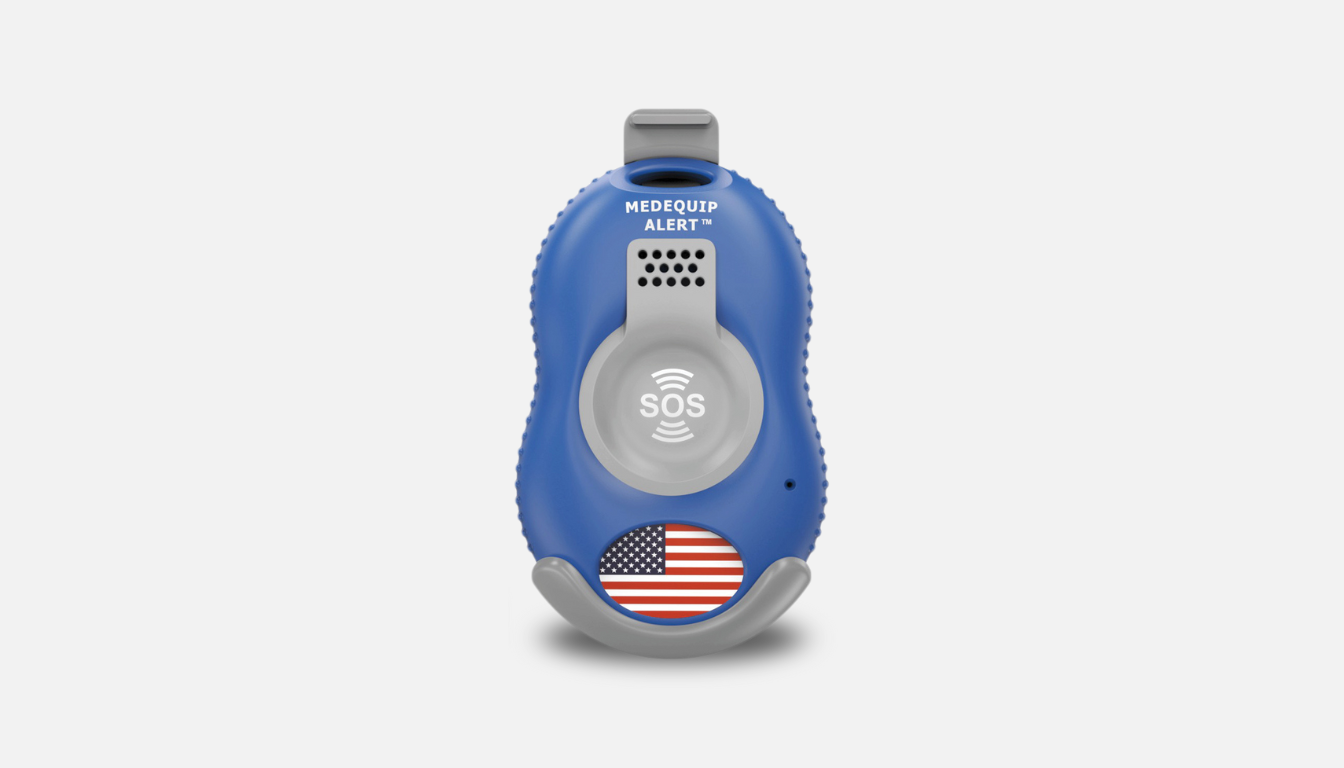
The Lifesaving Importance of Medical Alert Devices for the Elderly
As people age, the risks to their health and safety can increase significantly. From chronic illnesses and medication management t...

Seniorcenters.com is a free resource helping seniors and senior centers across America. Learn about our editorial processes.
Shuffleboard is a game that has stood the test of time, captivating players of all ages. Its popularity among seniors, in particular, is no coincidence. The game combines physical activity with mental stimulation, making it an ideal pastime for older adults. Here’s a look at why shuffleboard is not just popular but also highly beneficial for seniors.
One of the primary reasons shuffleboard is favored by seniors is its low-impact nature. The game involves sliding pucks down a narrow court towards a scoring area, requiring minimal physical exertion. This gentle activity is easy on the joints and muscles, making it suitable for individuals who may have arthritis or other mobility issues. Yet, despite its gentle nature, shuffleboard encourages movement and helps seniors stay active, contributing to overall physical health.
Engaging in shuffleboard can provide seniors with a healthy dose of adrenaline. Competing against others in a friendly match can trigger adrenaline rushes, which have numerous health benefits when experienced in controlled environments:
Shuffleboard also plays a significant role in maintaining and improving hand-eye coordination. The game requires players to accurately slide pucks towards specific targets, which demands precise coordination between visual input and hand movements. This practice helps seniors keep their reflexes sharp and enhances their motor skills.
Moreover, the strategic nature of shuffleboard engages the brain in critical thinking and planning. Players must calculate angles, predict puck trajectories, and devise strategies to outscore their opponents. This mental exercise is beneficial for cognitive health, keeping the brain active and potentially delaying the onset of cognitive decline.
Social interaction is another key benefit of shuffleboard. The game is often played in groups, providing an excellent opportunity for seniors to socialize, make new friends, and strengthen existing relationships. This social engagement is crucial for emotional well-being, reducing feelings of loneliness and isolation that are common among older adults.
Several studies and statistics underscore the benefits of engaging in activities like shuffleboard:
Shuffleboard can be played in two main formats: outdoor court shuffleboard and indoor shuffleboard table. Here’s how each type is played:
Equipment: This version is played on a long, narrow court that is typically 39 to 52 feet long and 6 feet wide. Players use cues to slide pucks down the court towards a triangular scoring area.
Objective: Slide your pucks into the scoring zones while preventing your opponent from doing the same. The player or team with the highest score at the end wins.
Scoring:
Gameplay:
Strategy:
Equipment: This version is played on a table that is typically 12 to 22 feet long and 20 inches wide. Players slide pucks by hand down the table towards a scoring area.
Objective: Slide your pucks into the scoring zones at the opposite end of the table.
Scoring:
Gameplay:
Strategy:
Shuffleboard has its roots in England during the 15th century. The game, originally known as “shove-groat” or “shovelboard,” involved sliding a coin down a table. Over time, it evolved with marked areas on the table for scoring, becoming a popular pastime among English aristocrats.
The exact inventor of shuffleboard is unknown. The game developed organically among English players, gaining popularity both in taverns and among the upper class. Historical records show that even King Henry VIII was known to play shuffleboard, although he eventually banned it for commoners due to its association with gambling and excessive drinking.
Sand, often referred to as “shuffleboard wax” or “speed powder,” is used on shuffleboard tables for several important reasons:
To properly use shuffleboard sand, sprinkle a thin, even layer across the entire playing surface before starting a game. After each round, check the table and reapply sand as needed to maintain optimal playing conditions. Regular maintenance and proper application of sand will ensure a smooth and enjoyable shuffleboard experience.
By understanding the role of shuffleboard sand, players can appreciate its importance in enhancing gameplay and maintaining the table’s quality. Whether playing casually or competitively, the right use of sand can make a significant difference in the enjoyment and success of the game.
Shuffleboard is an excellent game for seniors, combining light physical activity with mental engagement and social interaction. However, there are many other games that offer similar benefits and can be enjoyed by older adults. Here are some popular alternatives:
Description: Bocce Ball is a traditional Italian game played on a smooth, flat surface. Players take turns tossing balls to land them as close as possible to a smaller target ball, known as the “pallino” or “jack.”
Benefits:
Resources: Bocce Ball Rules and History
Description: Croquet is a lawn game where players use mallets to hit balls through a series of hoops embedded in the grass. The objective is to navigate the course and hit a final peg.
Benefits:
Resources: Croquet Association
Description: Pickleball is a paddleball sport that combines elements of tennis, badminton, and table tennis. It’s played on a court with a net, using a perforated plastic ball.
Benefits:
Resources: USA Pickleball
Description: Lawn bowling involves rolling biased balls so that they stop close to a smaller ball called a “jack” or “kitty.” The game is typically played on a rectangular, level grass or synthetic surface.
Benefits:
Resources: World Bowls
Description: Horseshoes is a game where players throw horseshoes at a stake in the ground, aiming to encircle the stake or land as close to it as possible.
Benefits:
Resources: National Horseshoe Pitchers Association
Shuffleboard is more than just a game; it’s a multifaceted activity that offers substantial physical, cognitive, and emotional benefits for seniors. Its low-impact nature makes it accessible to those with physical limitations, while the competitive aspect provides a healthy adrenaline rush with numerous health advantages. By enhancing hand-eye coordination, boosting cognitive functions, and promoting social interaction, shuffleboard stands out as an excellent choice for seniors looking to maintain a healthy and active lifestyle.
No results available
Browse thousands of Senior Centers from around America. Senior Centers are an integral part of society and are the center of life for many seniors and aging adults.
Find a Senior Center which fits your needs using our search feature and keep up to date on all the latest news.
Click the icon to Ask Anything!
Advertisers are not endorsed by SeniorCenters.com or any senior center listed.
This site is not endorsed by or affiliated with any senior center or organization listed.
Just one helpful email per month – no clutter, just value.